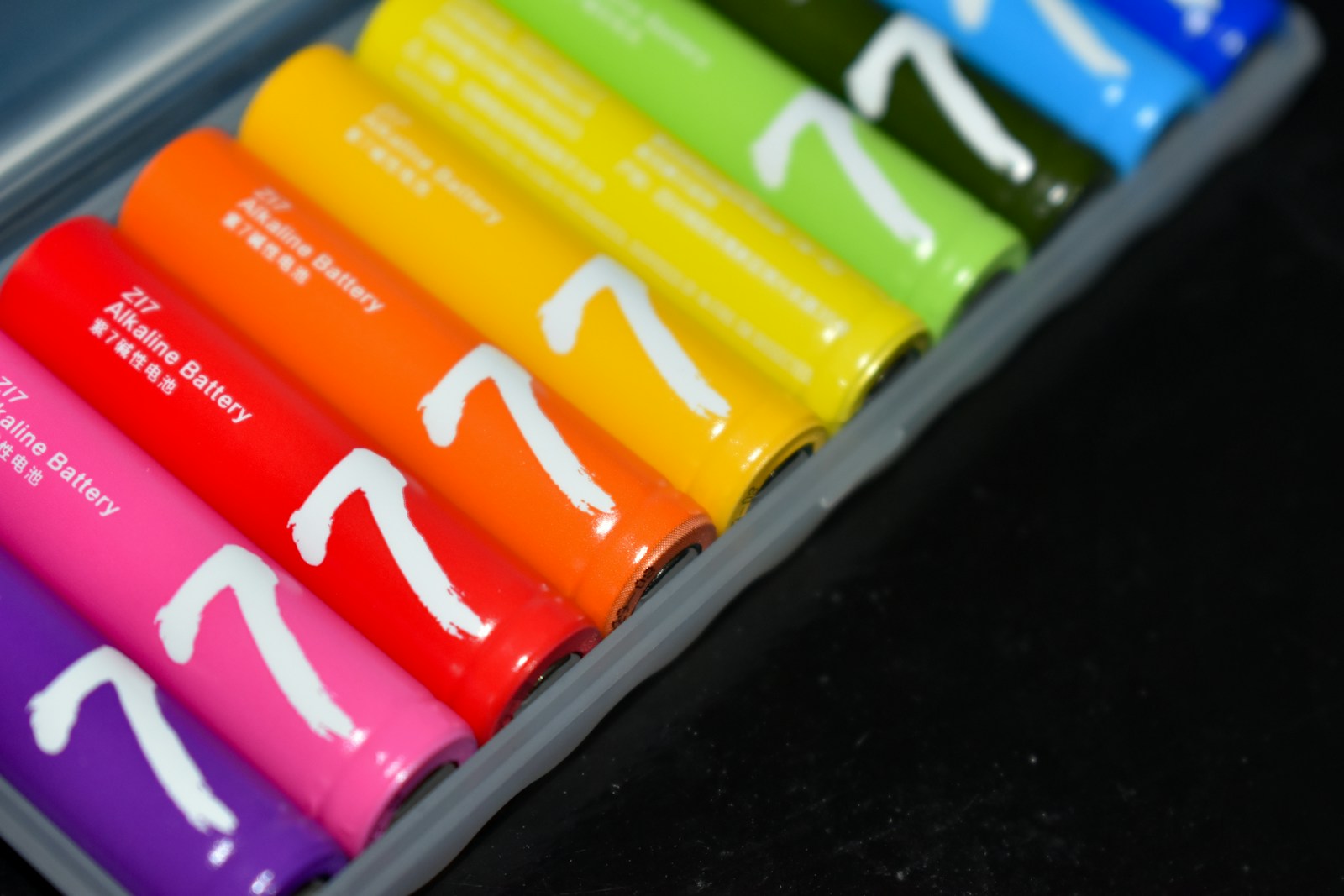AI battery design uses 70% less lithium
Artificial intelligence aids search for more efficient materials to use in batteries, whittling 32m candidates down to a short list of 18 in just 80 hours.
The development of lithium-ion batteries in the 1990s resulted in the ‘portable revolution’, powering the mobile phones, laptops and other technology we now take so much for granted. Developments in ever better lithium batteries now power our electric vehicles (EVs), and to store energy from renewable sources such as wind and solar. That means lithium batteries are at the forefront of efforts to decarbonise transport and so tackle the challenges of climate change.
Lithium is relatively rare and expensive, and it must be mined out of the ground which of course damages the environment. Scientists have long searched for alternative materials and compounds that could offer cheaper, more efficient and sustainable batteries. But this kind of research work can be laborious and costly.
Now, a team of scientists has made a huge jump forward in the search – by using AI.
According to their research paper, ‘Accelerating computational materials discovery with artificial intelligence and cloud high-performance computing: from large-scale screening to experimental validation’, they employed about 1,000 virtual machines to crunch a huge amount of data and assess the potential of 32.6m candidate materials. Over several stages, this huge number was whittled down to a shortlist of 18 materials in just 80 hours.
As reported in New Scientist, a team at Pacific Northwest National Laboratory then synthesised one of the shortlisted materials, in a form in which about half the expected lithium atoms were replaced with sodium. The team used this to produce a working battery capable of turning on a light bulb, and which used up to 70% less lithium than other prototype designs.
The team involved admit that conductivity is low and more work is needed to optimise their new battery – as well as to assess other materials in the shortlist. For all their caution over the significant of this particular battery, the methodology involved in producing it has enormous potential. Using AI to accelerate the assessment of candidate materials that can then be more rigorously analysed in the lab could be well be game-changer for the industry – and therefore for all of us so dependent on battery-powered devices.
In related news:














Leave a Reply